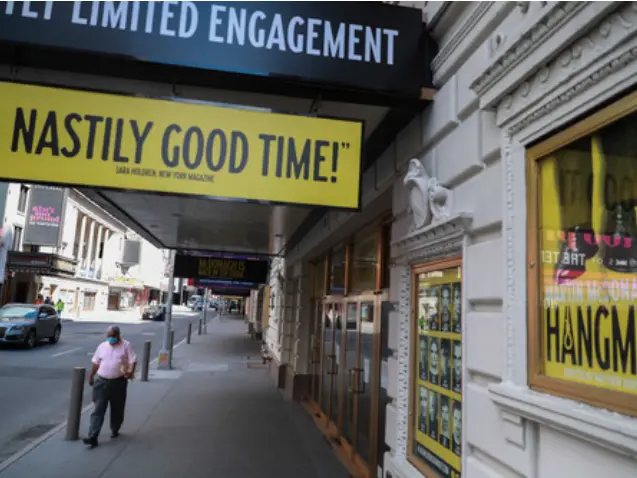U.S. unemployment rate in June dropped for the second straight month amid reopening efforts, indicating an improvement in the hard-hit labor market, but with the recent uptick in COVID-19 cases, analysts said the road to recovery might not be a smooth one.
U.S. employers added 4.8 million jobs in June, pushing the nation's unemployment rate down to 11.1 percent, the U.S. Bureau of Labor Statistics (BLS) reported Thursday.
The unemployment rate previously soared to a record 14.7 percent in April, as COVID-19 ravaged the economy. It declined slightly to 13.3 percent, as businesses gradually reopened across the country.
"Nonfarm payrolls rose by more than expected in June while the unemployment rate fell considerably," Jay H. Bryson, acting chief economist at Wells Fargo Securities, wrote in an analysis, while noting that the labor market "still has a long way to go" to recoup the 22 million jobs lost in March and April.
Also on Thursday, the Labor Department reported that 1.4 million Americans filed a first-time claim for unemployment insurance last week, the 13th weekly decline in a row but still a historic high.
That drop was offset by an increase in pandemic unemployment assistance (PUA) claims, which rose almost 840,000, according to Diane Swonk, chief economist at Grant Thornton, a major accounting firm.
"This is no time to pop champagne corks," Swonk wrote in a blog. "That is still nearly double the drop in jobs we experienced during the Great Recession."
Noting that the BLS survey was conducted during the week of June 12, she said "the hole is still deep while prospects for continued gains in July have faded with a resurgence in COVID-19 cases and hospitalizations."
Several U.S. states, mostly in the South and West, have recently seen an uptick in COVID-19 cases as businesses continue to resume operations, casting a shadow over the current path to reopening.
Public health experts believe that states' hasty efforts to reopen their economies, weeks of nationwide protests over the death of unarmed black man George Floyd, as well as some Americans' unwillingness to practice social distancing, or wear a mask, have all contributed to the recent surge in cases.
On Thursday, the U.S. Centers for Disease Control and Prevention (CDC) reported an increase of 54,357 cases across the country, which set a new single-day record. Florida on Thursday reported 10,109 new cases, marking a new single-day record for the state.
"With the number of COVID-19 cases accelerating and some states delaying re-opening or imposing new restrictions, we are concerned that a significant number of individuals may become furloughed again," Bryson wrote.
More than 10 states, including Arizona, Florida, North Carolina and Texas, have rolled back or paused reopening plans. Texas, for example, announced last week that it would close bars and reduce restaurant occupancy.
The BLS report also showed that the labor force participation rate increased by 0.7 percentage point in June to 61.5 percent, but was 1.9 percentage points below its February level.
Noting that the official data counted an extra 2.0 million people who were "not at work for other reasons" as employed, and that 4.6 million people had left the labor force since February, Peterson Institute for International Economics (PIIE) senior fellow and Harvard professor Jason Furman, and Harvard Kennedy School research associate Wilson Powell, wrote in an analysis that the "realistic unemployment rate" was 13.0 percent in June.
"As some states slow or partially reverse their reopening plans as virus cases rise, the ability to continue these gains becomes more uncertain," they said.
Swonk said this summer will be a struggle for recovery in employment, calling on the U.S. Congress to provide extensions to unemployment insurance and roll out additional aid.
"This is not the time for a victory lap," she said. "We need to prepare for what we know is in the pipeline, which is not pretty."
 简体中文
简体中文

